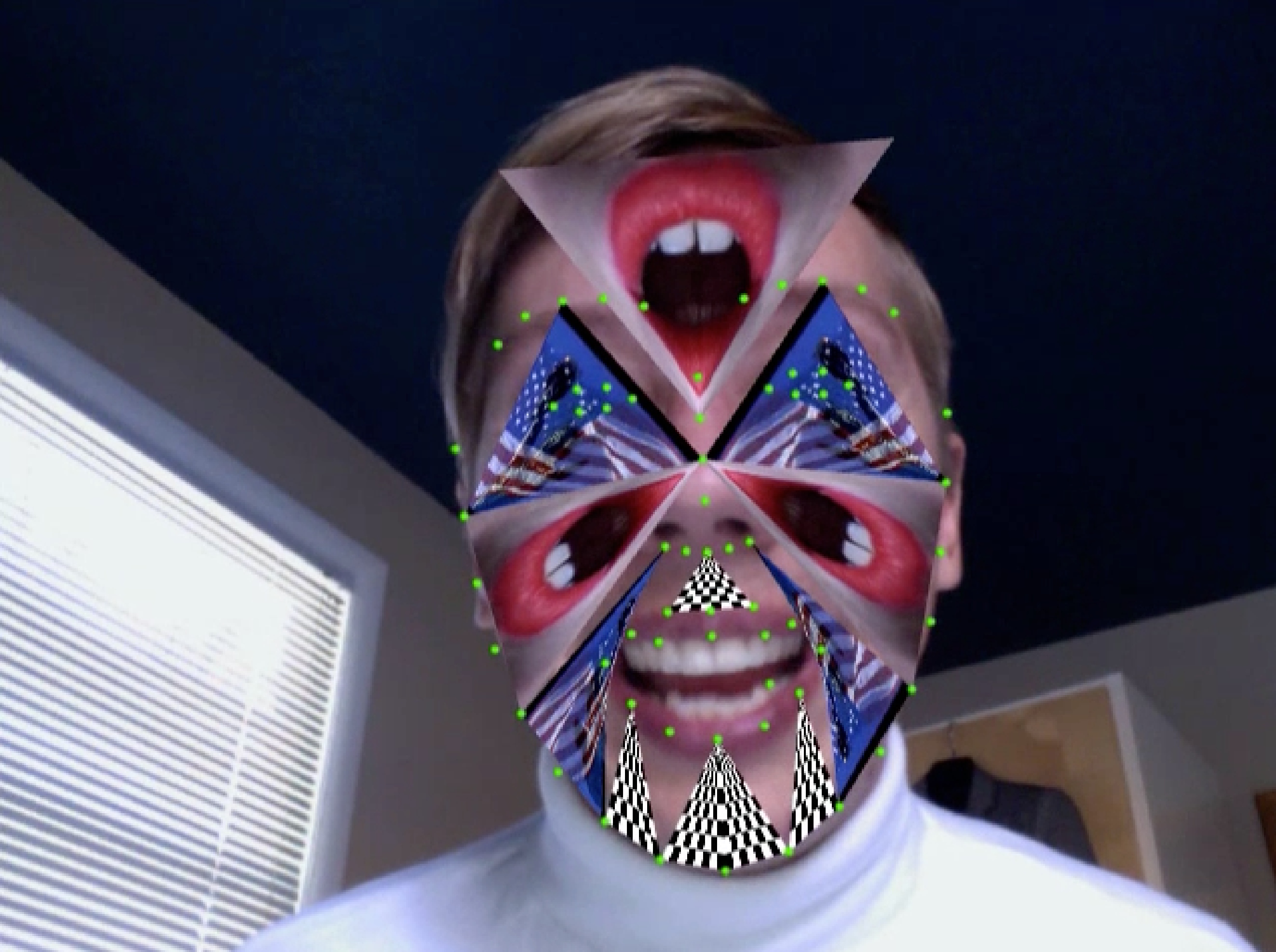
Colours of the Spectrum, Jeremy Bailey, Video, 2010
Performance for the Camera is defined best in Rosalind Krauss' "Video: The Aesthetics of Narcissism" (1976). According to Krauss, Video centers the body between two machines that are the opening and closing of a parenthesis. The first of these is the camera and the second is the monitor that re-projects the performer's image with the immediacy of a mirror (Krauss R, p181). This immediacy makes the performer acutely aware that in seeing himself (recorded), 'it' is already over and he is enacting history. Time collapses visibly and editing happens during the making of the work in response to the camera's view. (Gale P, p117) Krauss is careful in her analysis to distinguish between reflective and reflexive states, where reflexivity creates the 'other' separate from self, reflectivity implies the vanquishing of separateness. Where modernist reflexivity locates the object, the reflective feedback of performance for the camera brackets that same object out. Herein, the work becomes about the Self, it enacts a condition of narcissism. This is typical in works from the period. Canadian artist Colin Campbell's Sackville I'm Yours (1972), wherein Campbell interviews himself on his own pathetic art celebrity status in small town Sackville New Brunswick, hilariously and preemptively pokes fun at Krauss' formal arrangement.